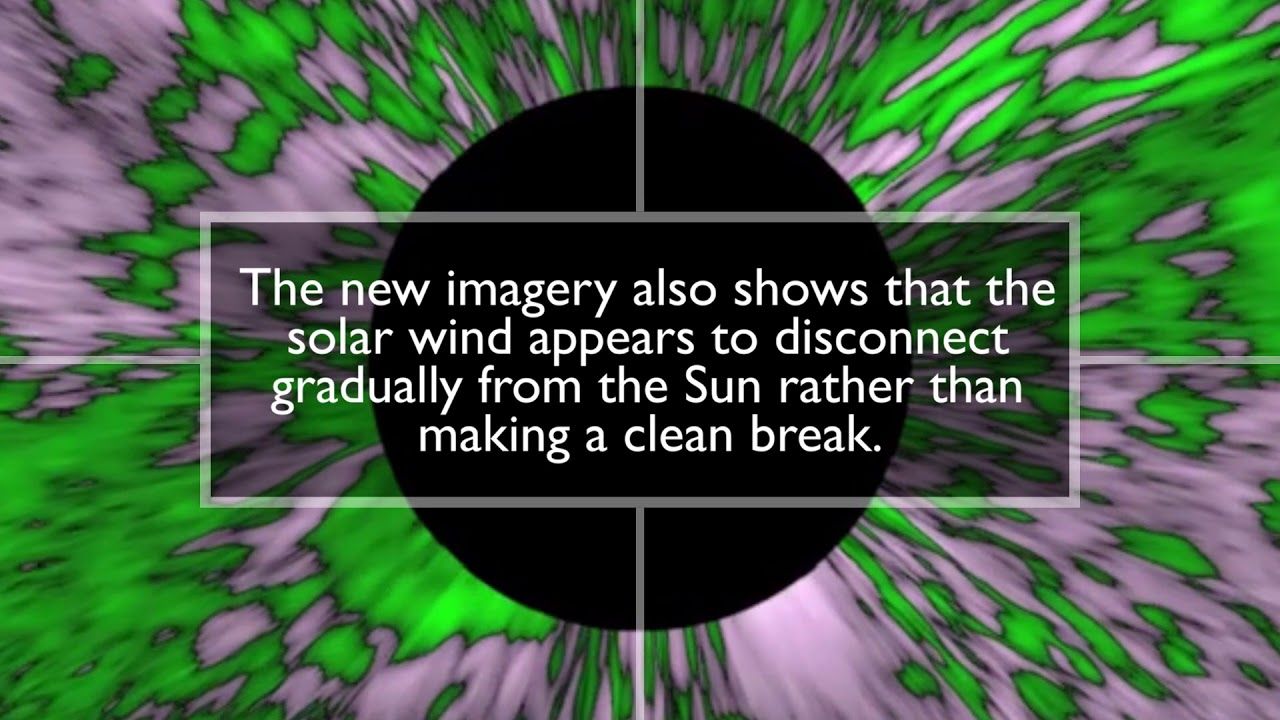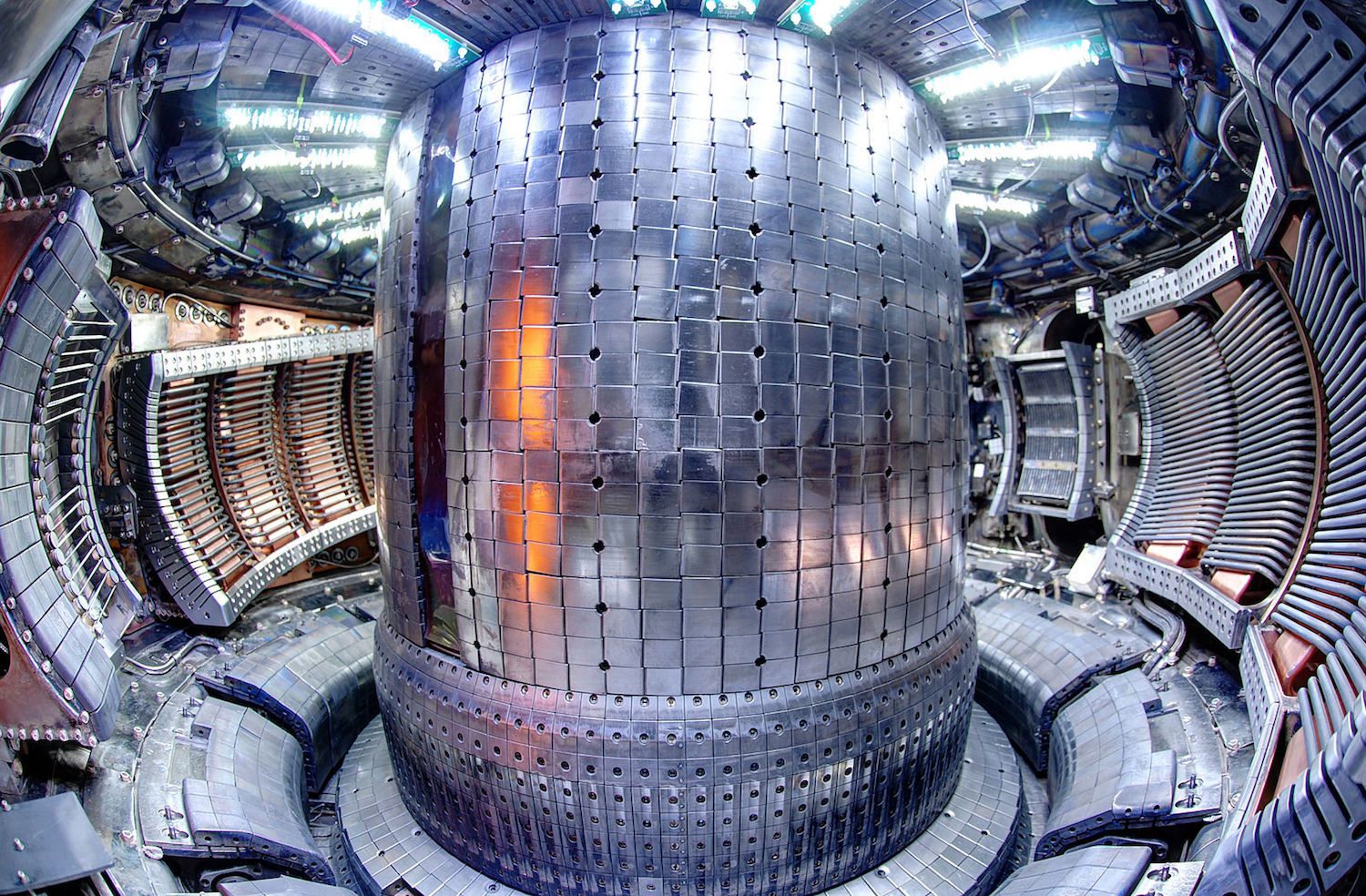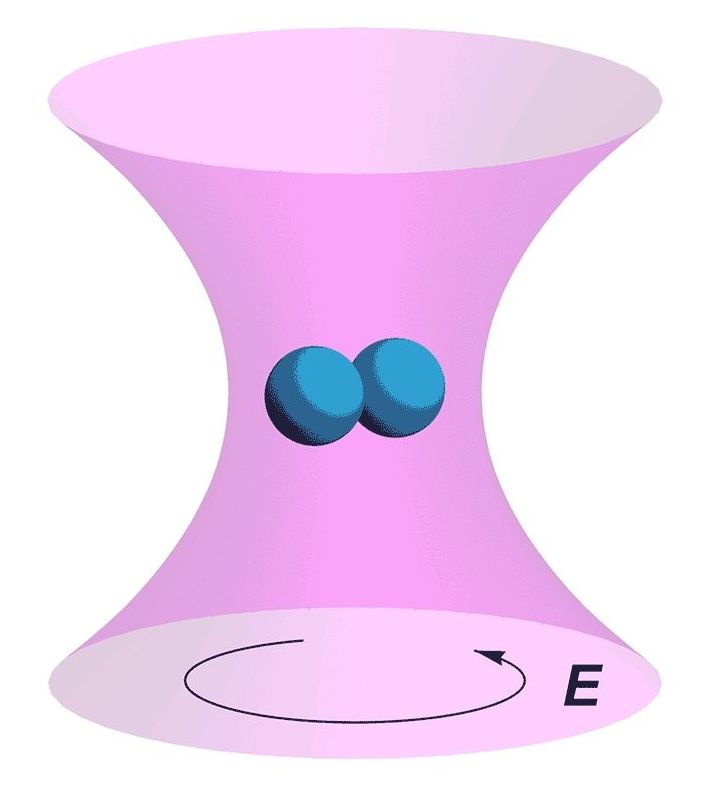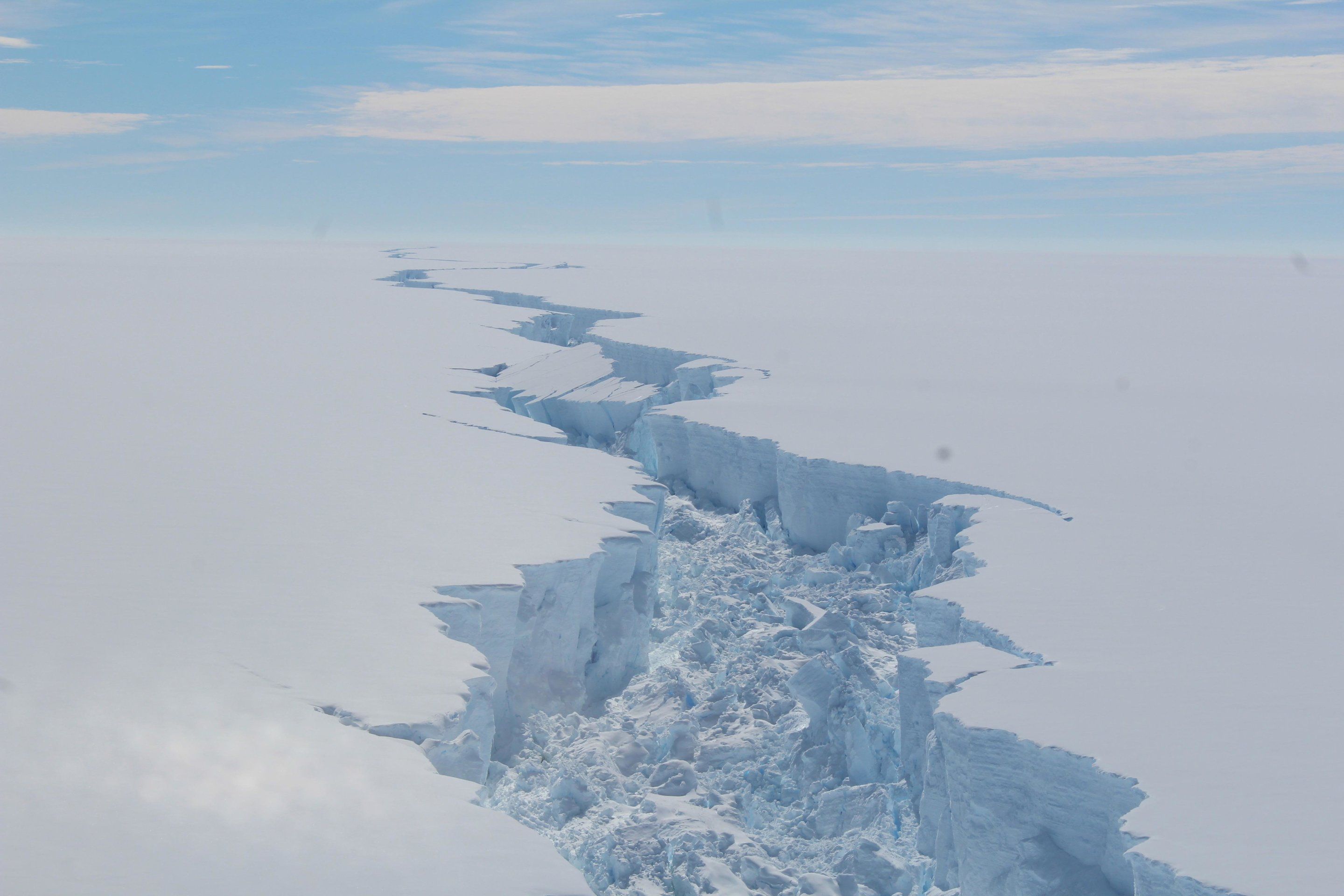Page 9344
Jul 19, 2018
Why Astronaut Scott Kelly Battled a Gallon-Sized Orb of Urine and Acid on the ISS
Posted by Genevieve Klien in category: space
What’s the creepiest thing that former astronaut and retired US Navy captain Scott Kelly has ever dealt with in space? According to Kelly, it was a floating orb of sulfuric acid and astronaut pee. He revealed this strange glimpse into life on the ISS in a video produced with Reddit.
Jul 19, 2018
Akka pod with detachable wings would integrate aviation with public transit
Posted by Bill Kemp in categories: engineering, transportation

Akka Technologies is developing pods with detachable wings that would integrate aviation and public transit. The AKKA Group is an engineering and technology consulting company with 16000 employees.
The detachable wings would make for vastly more efficient boarding and improve the utilization of the engines and wings.
Continue reading “Akka pod with detachable wings would integrate aviation with public transit” »
Jul 19, 2018
Researchers move closer to completely optical artificial neural network
Posted by Klaus Baldauf in categories: information science, robotics/AI, transportation
Researchers have shown that it is possible to train artificial neural networks directly on an optical chip. The significant breakthrough demonstrates that an optical circuit can perform a critical function of an electronics-based artificial neural network and could lead to less expensive, faster and more energy efficient ways to perform complex tasks such as speech or image recognition.
“Using an optical chip to perform neural network computations more efficiently than is possible with digital computers could allow more complex problems to be solved,” said research team leader Shanhui Fan of Stanford University. “This would enhance the capability of artificial neural networks to perform tasks required for self-driving cars or to formulate an appropriate response to a spoken question, for example. It could also improve our lives in ways we can’t imagine now.”
An artificial neural network is a type of artificial intelligence that uses connected units to process information in a manner similar to the way the brain processes information. Using these networks to perform a complex task, for instance voice recognition, requires the critical step of training the algorithms to categorize inputs, such as different words.
Continue reading “Researchers move closer to completely optical artificial neural network” »
Jul 19, 2018
Scientists Discover How To Stabilize Plasma In Fusion Reactors
Posted by Bill Kemp in category: nuclear energy
Experts were able to simulate the mechanism that stabilizes plasma in fusion reactors. This development could take humankind one step closer to a clean, unlimited source of fusion energy.
Jul 19, 2018
Scientists Made the Fastest-Spinning Molecules Ever to Test the Limits of Physics
Posted by Genevieve Klien in category: particle physics
Scientists made molecules that spin around each other a billion times per second, the fastest mechanical rotation on record. They want to use these spinning molecules to study the very fabric of spacetime.
The two independent teams were studying how light’s energy could make molecules move, and ended up generating incredible spin frequencies. But if the spins are fast enough, it could be a way to measure the friction that particles might feel against spacetime itself.
Jul 19, 2018
Mechanism Behind Drug Resistance in Some Cancers Clarified
Posted by Nicola Bagalà in category: biotech/medical
Researchers have figured out details about how some specific type of cancers become drug-resistant.
Researchers at the Rockefeller University have clarified the mechanism by which certain types of breast cancer become immune to specific drugs designed to eliminate them. More specifically, they figured out how the loss of the protein 53BP1 due to BRCA1 mutation allows cancers to become insensitive to PARP inhibitors [1].
Study summary
Continue reading “Mechanism Behind Drug Resistance in Some Cancers Clarified” »
Jul 19, 2018
New study puts a figure on sea-level rise following Antarctic ice shelves’ collapse
Posted by Bill Kemp in category: climatology
An international team of scientists has shown how much sea level would rise if Larsen C and George VI, two Antarctic ice shelves at risk of collapse, were to break up. While Larsen C has received much attention due to the break-away of a trillion-tonne iceberg from it last summer, its collapse would contribute only a few millimetres to sea-level rise. The break-up of the smaller George VI Ice Shelf would have a much larger impact. The research is published today in the European Geosciences Union journal The Cryosphere.
Recent, rapid warming in the Antarctic Peninsula is a threat to ice shelves in the region, with Larsen C and George VI considered to have the highest risk of collapse. Because these large ice platforms hold back inland glaciers, the ice carried by these glaciers can flow faster into the sea when the ice shelves collapse, which contributes to sea-level rise. The new study shows that a collapse of Larsen C would result in inland ice discharging about 4 mm to sea level, while the response of glaciers to George VI collapse could contribute over five times more to global sea levels, around 22 mm.
“These numbers, while not enormous in themselves, are only one part of a larger sea-level budget including loss from other glaciers around the world and from the Greenland, East and West Antarctic ice sheets. Taken together with these other sources, the impacts could be significant to island nations and coastal populations,” explains study-author Nicholas Barrand, a glaciologist at the University of Birmingham in the UK. He adds: “The Antarctic Peninsula may be seen as a bellwether for changes in the much larger East and West Antarctic ice sheets as climate warming extends south.”
Jul 19, 2018
Team creates high-fidelity images of Sun’s atmosphere
Posted by Genevieve Klien in categories: information science, space

In 1610, Galileo redesigned the telescope and discovered Jupiter’s four largest moons. Nearly 400 years later, NASA’s Hubble Space Telescope used its powerful optics to look deep into space—enabling scientists to pin down the age of the universe.
Suffice it to say that getting a better look at things produces major scientific advances.
Continue reading “Team creates high-fidelity images of Sun’s atmosphere” »
Jul 19, 2018
Time for the Meghalayan: A new geological age has officially been declared
Posted by Genevieve Klien in category: futurism
After years of debate, the International Chronostratigraphic Chart has officially been revised. What does that mean, exactly? Our current point in Earth’s geological timeline has been updated so that we’re now living in the Meghalayan age, which kicked off 4,200 years ago with a catastrophic two-century drought that destroyed several civilizations.
















